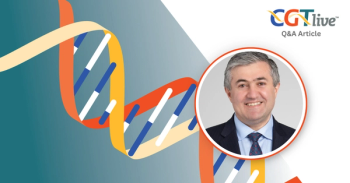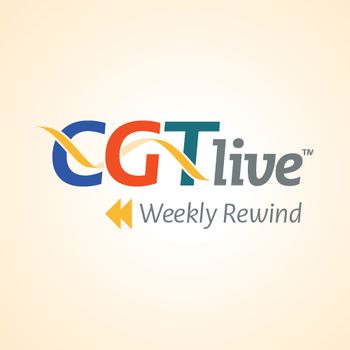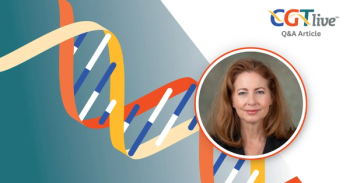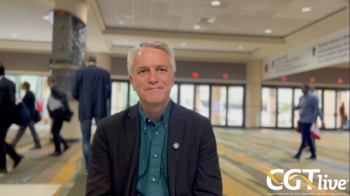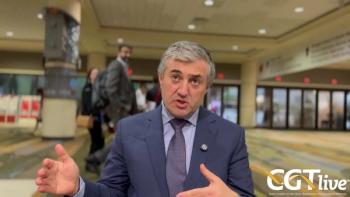
Jeffrey Chamberlain, PhD, on the Future of Duchenne Muscular Dystrophy Gene Therapy
The McCaw Endowed Chair of Muscular Dystrophy at University of Washington, discussed the ways ongoing research into next-generation DMD therapies aims to improve then.
In recent years substantial progress has been made in the field of Duchenne muscular dystrophy (DMD) with the introduction of gene therapy and exon skipping therapies. Although these therapies provide transformative new treatment effects, however, they are not curative and leave room for improvement.
In an interview with CGTLive®'s sister site,
CGTLive: What directions will research for DMD go in the future?
Jeffrey Chamberlain, PhD: Particularly with the exon skipping and the gene therapies, it's going to be quite interesting to see how these really have an impact on some of these older boys. This is a new area we're moving into and again, there hasn't been a lot of data released either at conferences or in press releases, and certainly not in any kind of publications, on how well these older boys are responding to these therapies. So I think it's going to be really important to see what type of outcome is being observed in the clinic in the older individuals, so that we can have a better feel for whether there are any age limits in terms of when you want to enroll someone.
The other thing is that as there's now been hundreds and hundreds of patients treated with gene therapies and with exon skipping, I think it's important to still keep track of how all these boys are doing over time, how they're responding, what types of even minor adverse events there may be, and certainly the types of serious adverse events. It's still somewhat early, in my opinion, and we need to keep an eye on how things are going. As much as we can learn from that, I think that's going to guide the development of next-generation therapies, if you will. With both the exon skipping and the gene therapies, I don't think anybody feels we're really where we want to be. These therapies are an improvement over what was out there before, they're they're better than nothing, but they're not perfect. They're not cures. We really need to advance beyond that and there's a lot of groups and companies across the world working very hard on that to try to come up with a couple of things. One is more efficient delivery. For the antisense oligos for exon skipping, how can you get those into the cells at higher levels to produce higher levels of dystrophin? With the gene therapies, there's a lot of interest in better delivery shuttles. Can we improve upon the AAV vectors? Are there other vectors that might work better than AAV to bring those in? It's a little unfortunate that we only have one to work with at the moment. Then another issue is: Can we go beyond microdystrophin? The microdystrophin that's in all the gene therapy trials right now is only about 1/3 of the size of the full-length dystrophin. There's been reports from several labs over the last year on ways to deliver significantly larger dystrophins, including full-length dystrophin using a combination of AAV vectors. I think it could be really exciting to get those new technologies into the clinic and see if they're more potent and might have a significantly better effect on the older patients.
Then finally, what is the best age to be treating? We're seeing a lot of work in terms of expanding into older boys with DMD. There's also a lot of interest out there in turning towards younger boys. People have started raising questions. Maybe by 4 or 5 years of age, there's already so much damage, or in particular, maybe immunological consequences that have happened in the muscles of these dystrophic boys. Would it make more sense to treat kids as young as possible, to try to really get in there before a lot of damage has occurred? Certainly, what we've seen in the development in a lot of the animal models is it's a lot easier to prevent the onset of dystrophy than it is to reverse preexisting dystrophy.
There's still a lot of work to do, a lot of studies that need to be done. We're getting there. I'm encouraged by what's happened over the last 20 to 30 years. But we're not quite there yet. We need to be working very hard on it.
This transcript has been edited for clarity.
Newsletter
Stay at the forefront of cutting-edge science with CGT—your direct line to expert insights, breakthrough data, and real-time coverage of the latest advancements in cell and gene therapy.

